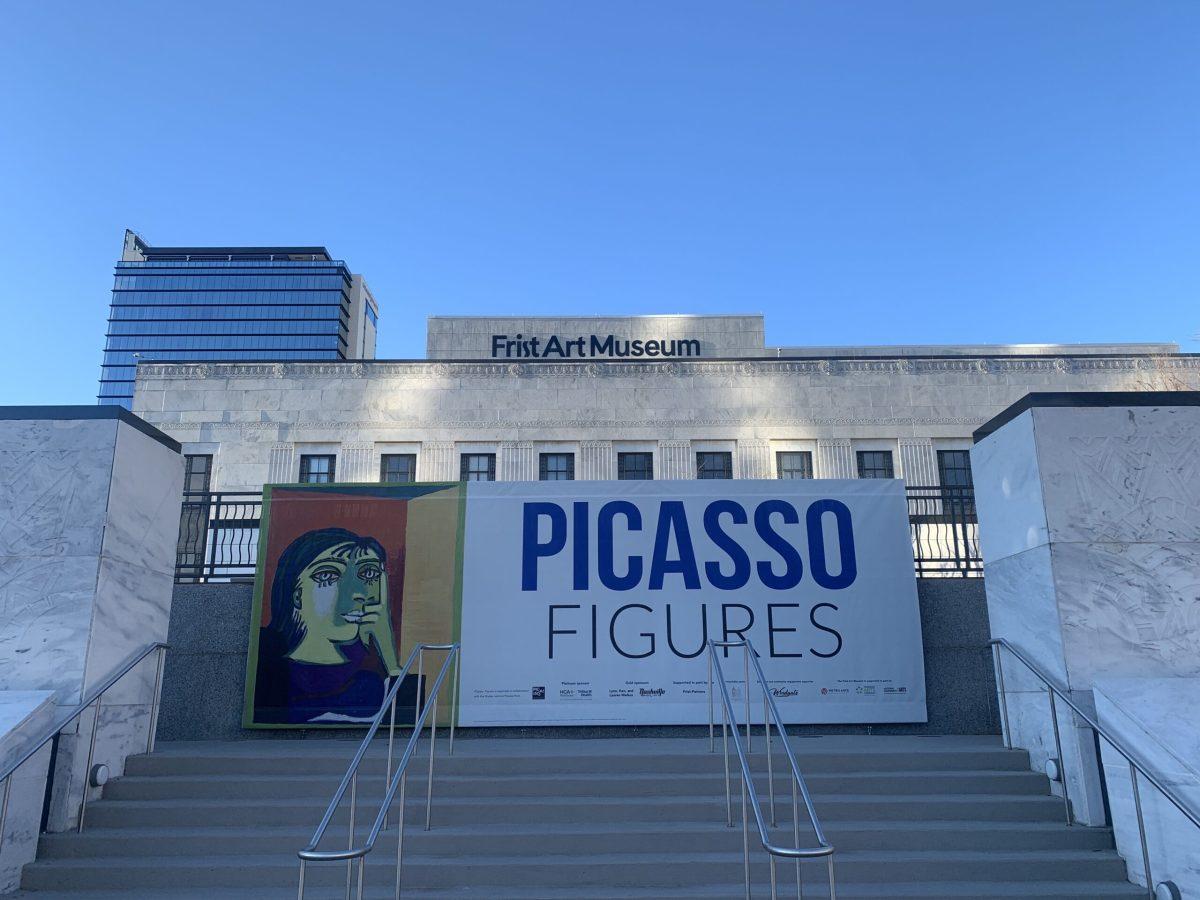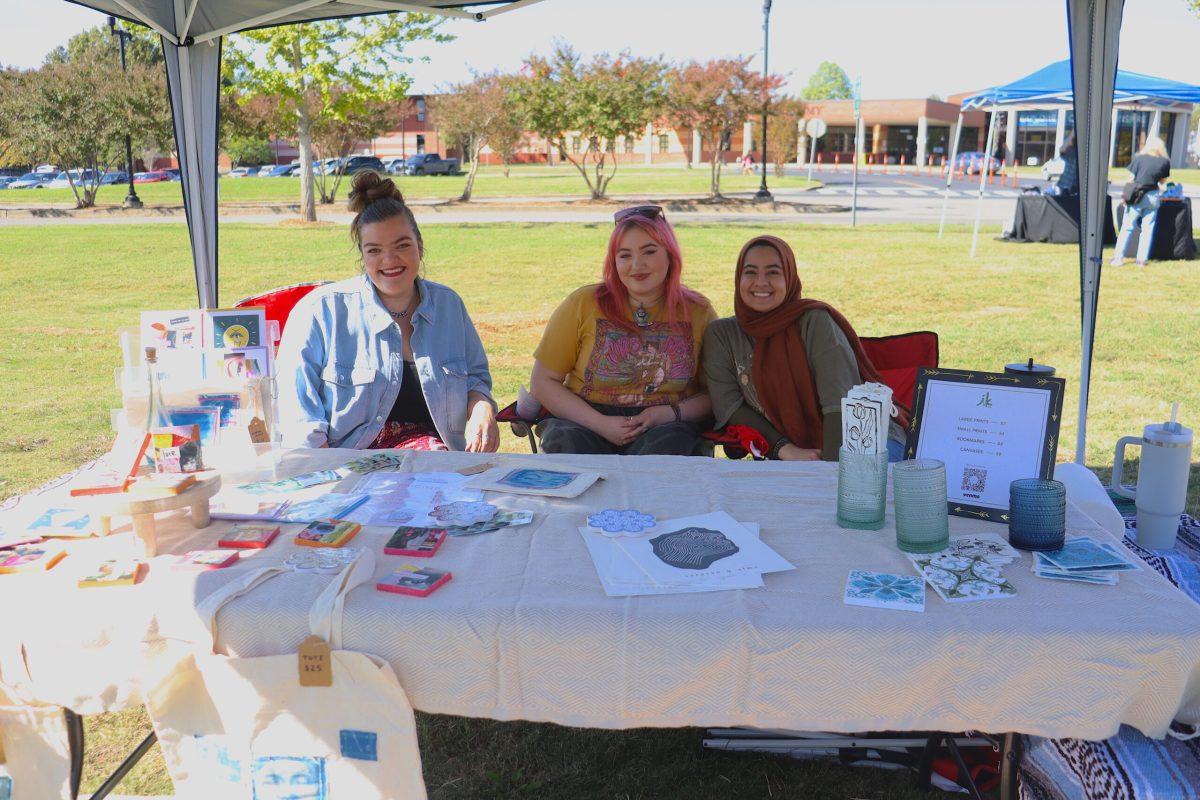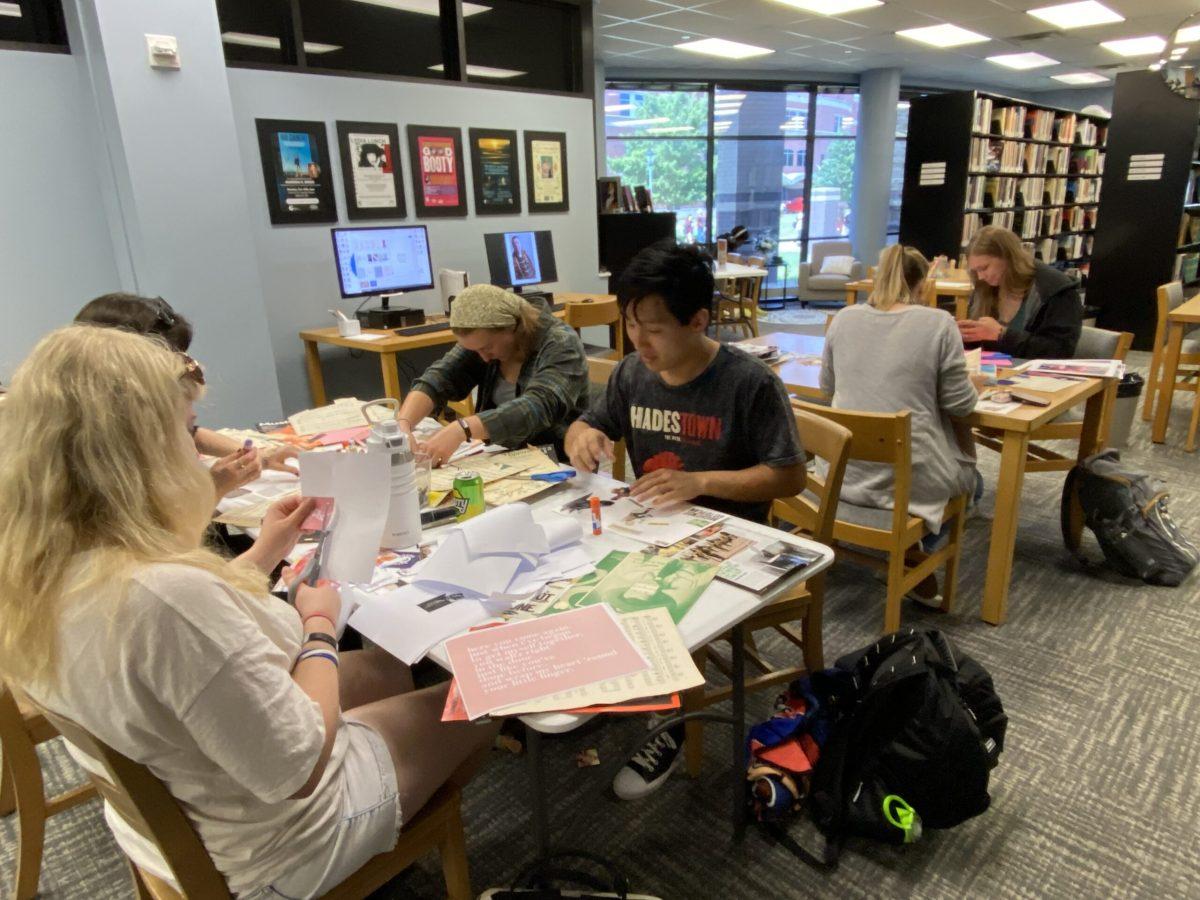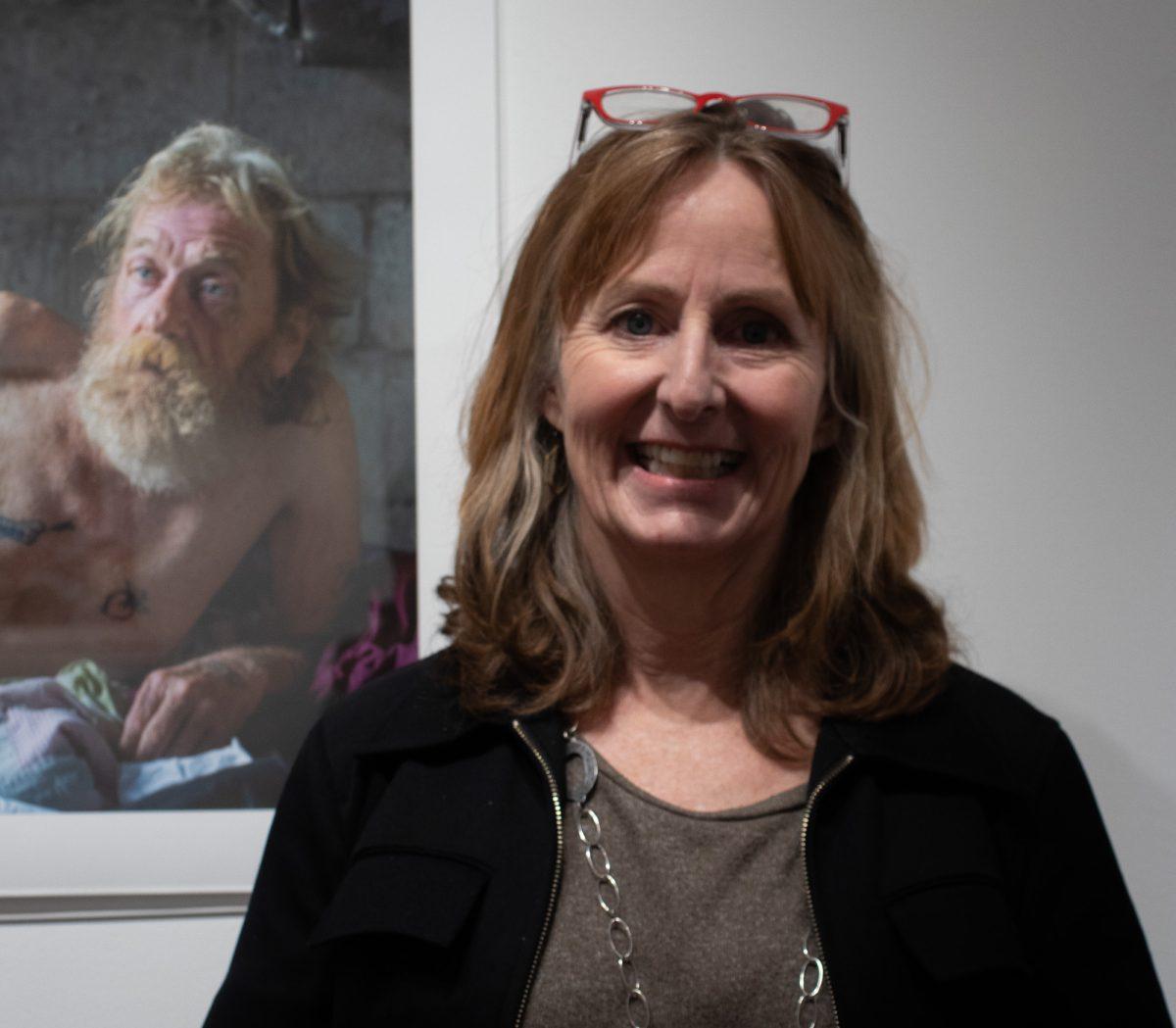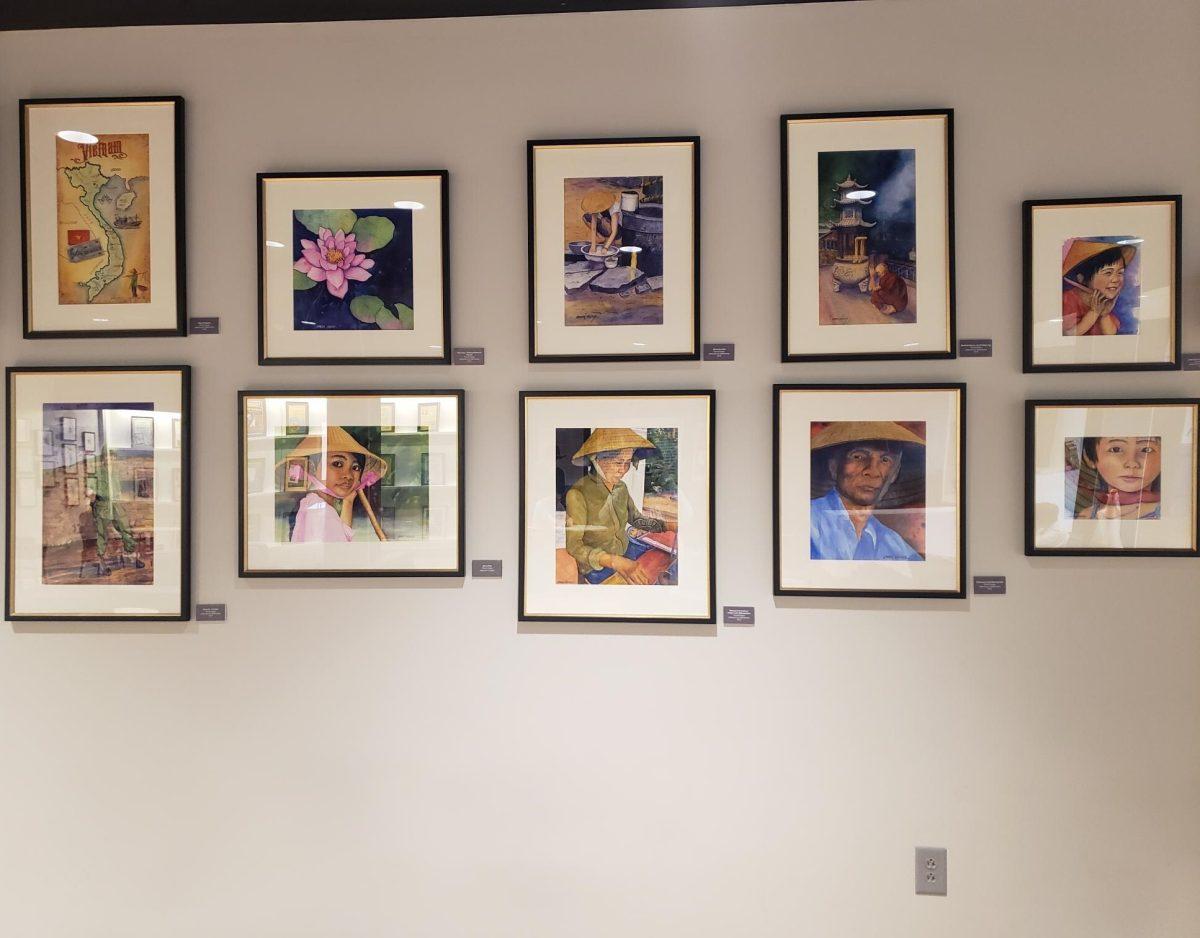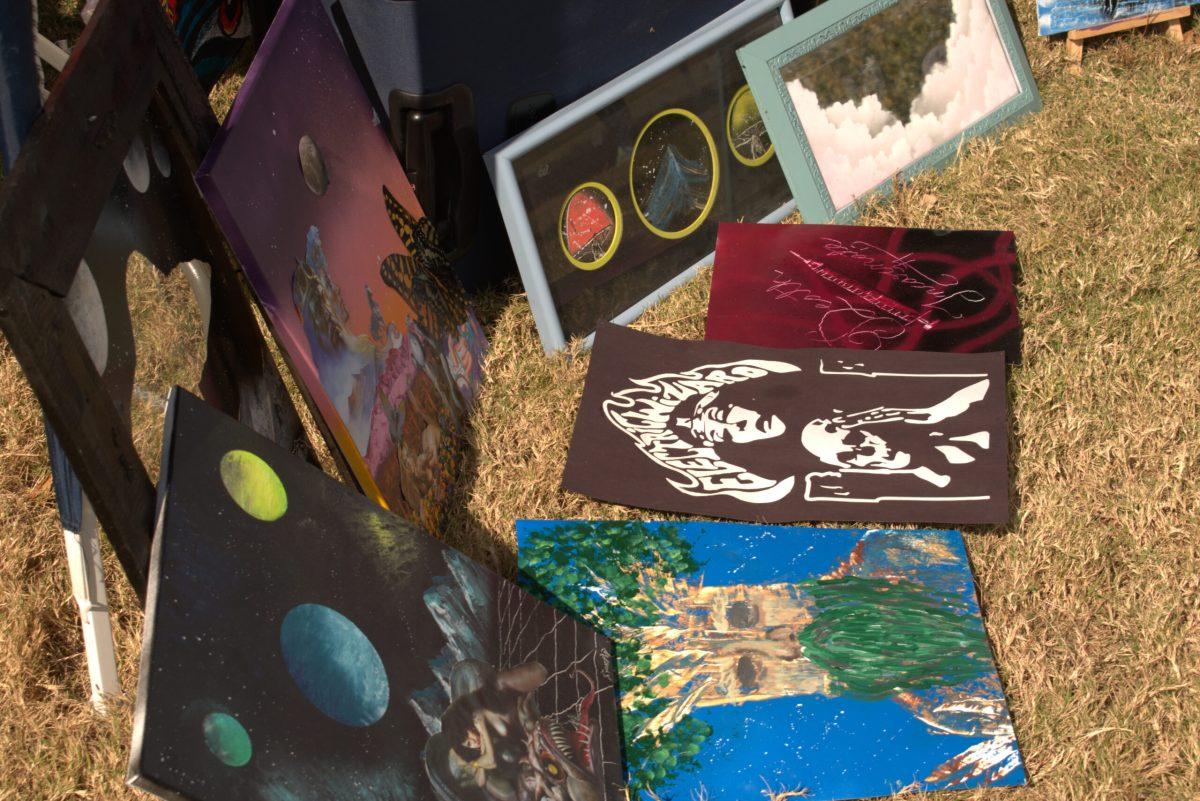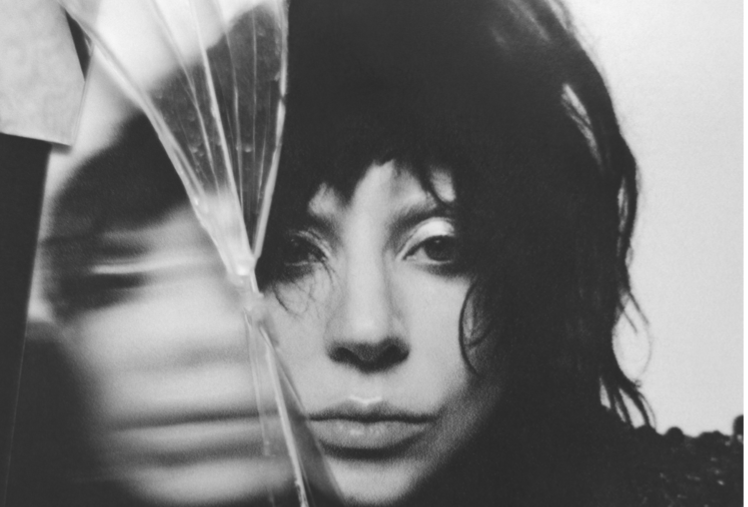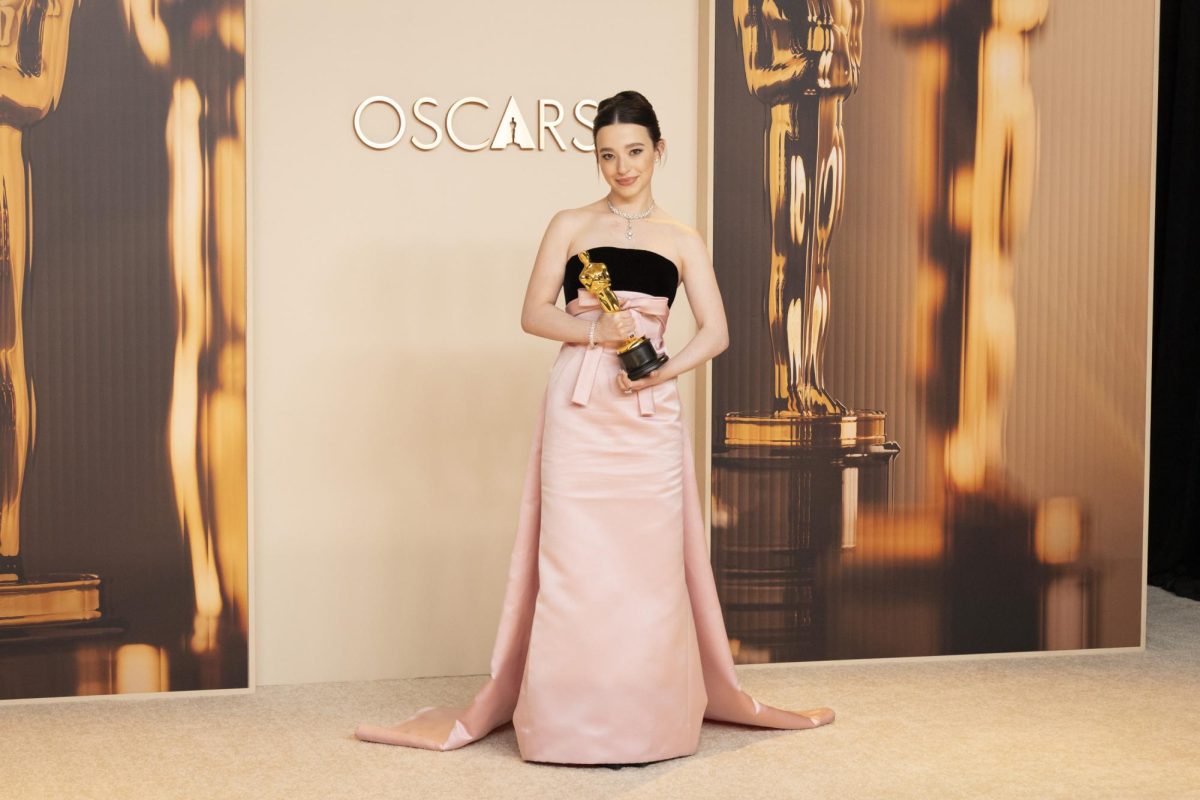Story by Ashley Barrientos / Lifestyles Editor
Photos by Ashley Barrientos / Lifestyles Editor
The Frist Art Museum in Nashville celebrated its 20th anniversary on Friday with “Picasso. Figures,” a world-renowned art exhibition from the Musée National Picasso-Paris. Featuring approximately 75 paintings, sketches and sculptures, the exhibit will make its sole U.S. appearance in Nashville from Feb. 5 to May 2, 2021.
The highly-anticipated exhibit is sectioned off into six categories: “Female figures,” “Cubist figures,” “Sculptural figures,” “Disfigured figures,” “Magic figures,” and “Late figures.”
Each section contains a myriad of beloved Picasso works that embody the different styles of artistic expression that he masterfully devised and constructed throughout his artistic career.
“Female figures” displayed Picasso’s complex and contradictory relationships towards the women in his life, specifically those whom he shared romantic relations with. “La Lecture (Woman Reading)” calmly depicts a poised Marie-Therese Walter, one of the young women with whom Picasso had an affair.
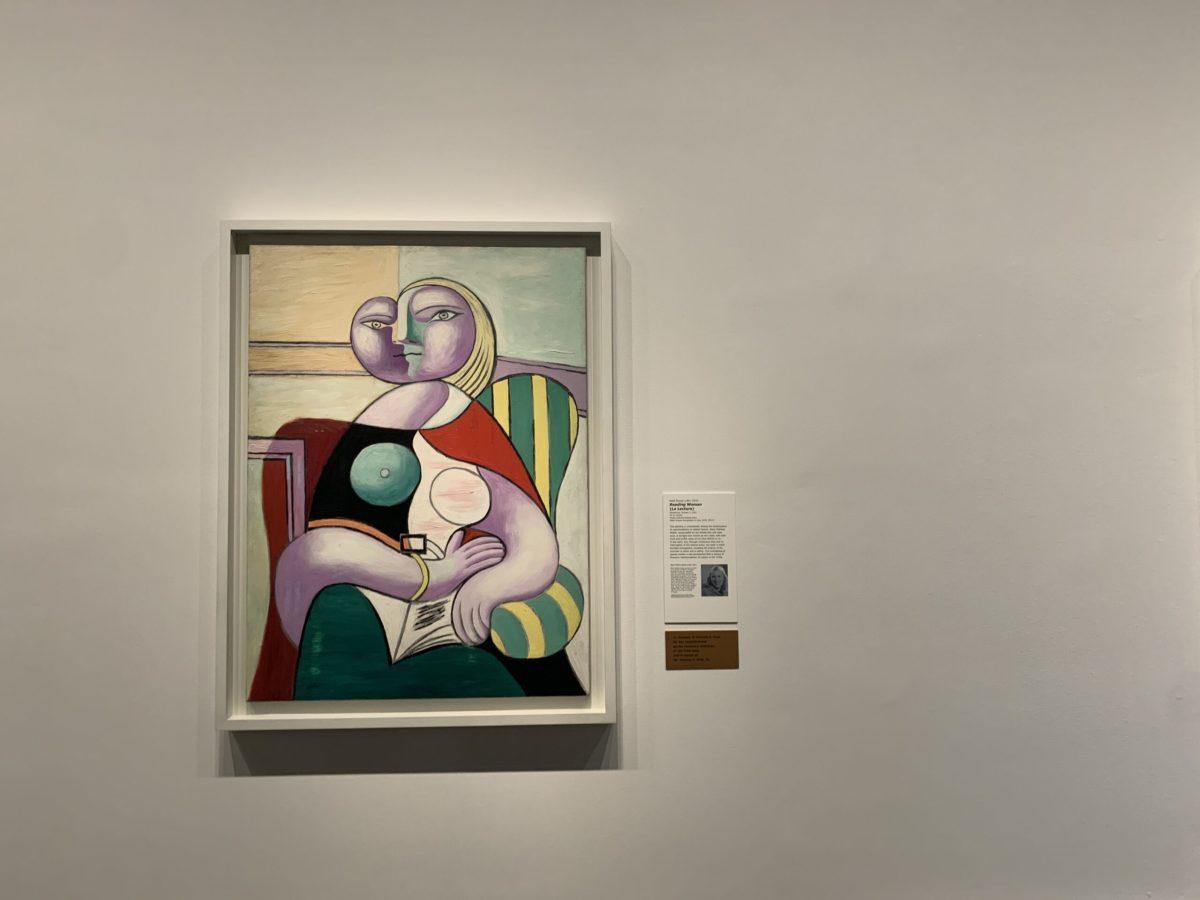
Similarly, “Portrait of Dora Maar” depicts Dora Maar, a romantic partner who the artist usually depicted as emotional and crying in his work. In this piece, however, she is pensive and composed.
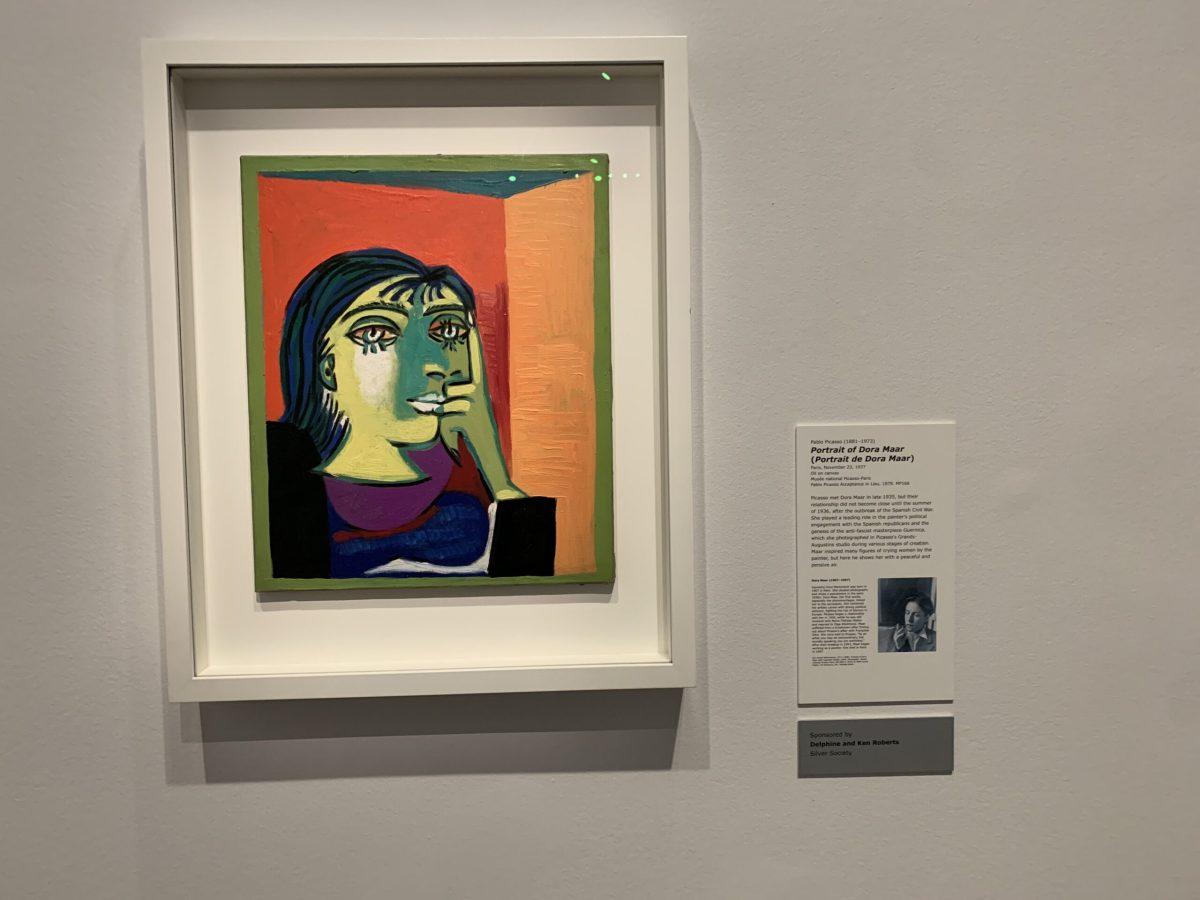
Several of his other paintings throughout different sections of the exhibit also illustrate the artist’s rampant misogynistic views and aggressive sexual objectification of the women in his life. Paintings like “Large Nude in a Red Armchair” convey how he liked to showcase his power over women and then devalue them in his artwork, portraying them as monstrous sex creatures.
He was arguably an artistic genius who dehumanized and mistreated women, both in his art and in his life.
In “Cubist figures,” “Magic figures” and “Sculptural figures,” one is able to witness Picasso breaking free from his shell of artistic styling restrictions. Through cubism, surrealism and sculpture, he experiments with different techniques and mannerisms, deliberately choosing to create commotion in his pieces.
For example, the varying shades of geometric complexities in Picasso’s “Man with a Guitar” represents this sentiment in the largest sense. The artists’ mastery in cubism transforms the piece into a multi-dimensional work of art, taking something so human and mundane from the natural world and translating it into a mesmerizing concoction of angles, planes, and blocks.
With similar gusto, Picasso breathes life and color into his colorful and wildly ethereal pieces in “Magic figures.”
“Woman with a Ruffle,” “The Kiss” and “The Sculptor” all maintain an air of complex, unreachable beauty that serve as a tangible manifestation of Picasso’s desire for magic. The varying degrees of colors, lines, angles and patterns are splayed out through these works in a manner that is pleasing to the eye and soul.
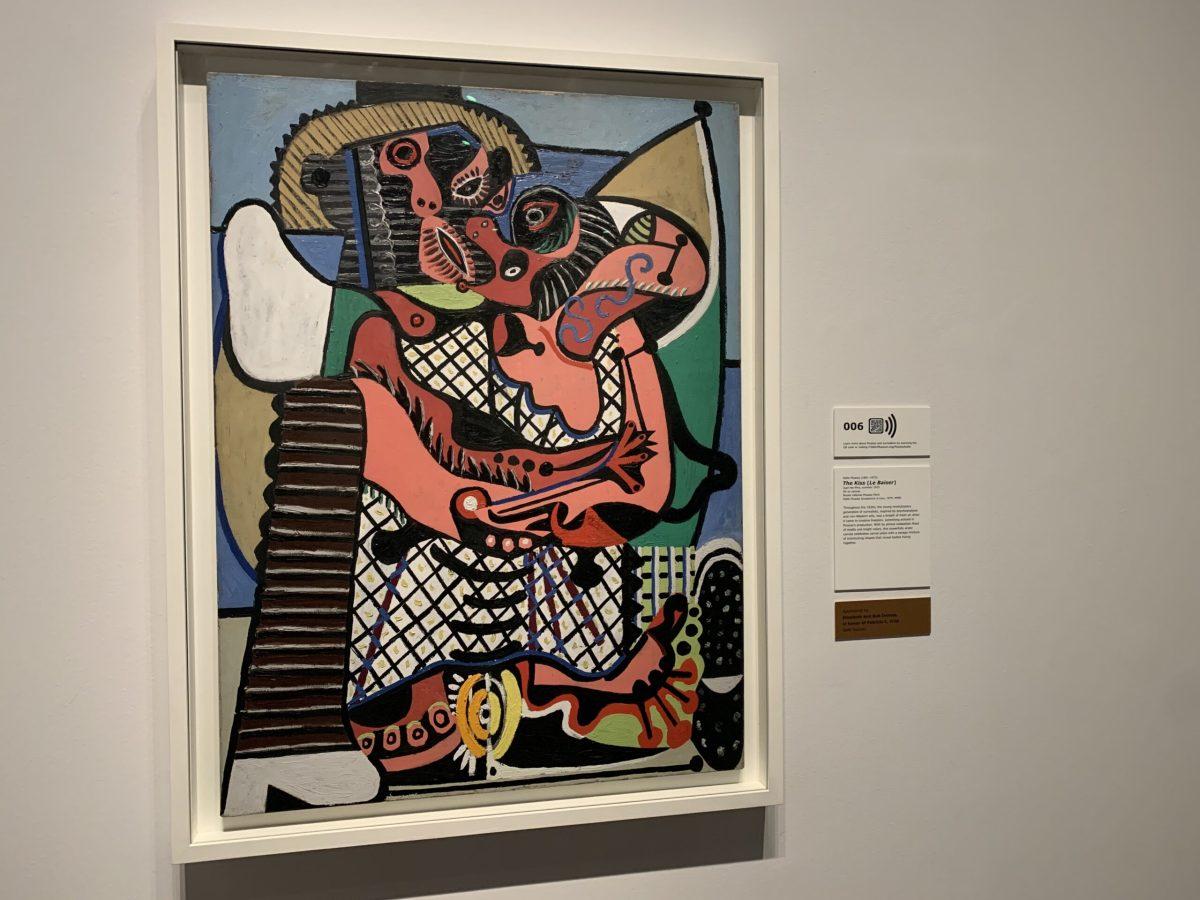
“Disfigured figures” is a culmination of all previous methods and modes of artistic expression, which is presumably why the Frist Art Museum chose to place it close to the end of the exhibit. The section contains some of his most emotional, heart-wrenching and agonizing works. Picasso used the disfiguring method as a means to emphasize his love for the uncertainty of humanity’s mental and physical aspects.
Picasso showcases a display of such intense emotion and suffering with “The Supplicant,” a piece that is reflective on the condemnable horrors of Spanish Civil War. The painting depicts a woman in agony, wildly flinging her arms in the air as if begging for mercy.
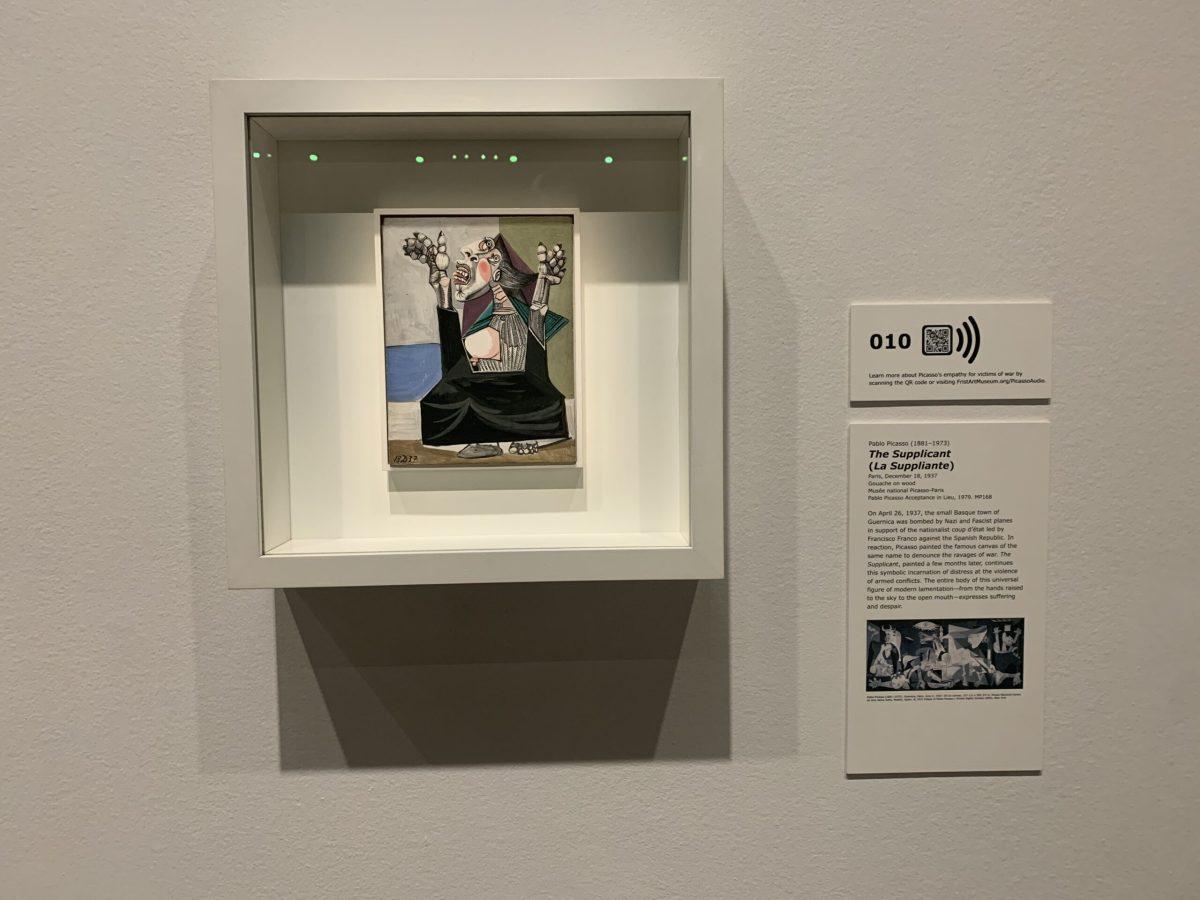
Lastly, in “Later figures,” his works are tinted with a sour melancholy taste that is painfully bittersweet. There is a sense of sadness and fulfillment that circulates through the exhibit’s final pieces, demonstrating how the artist has come full circle in terms of his art career. He uses classical training and inspirations from earlier points in his career, illustrating how Picasso constantly questioned ideals of beauty and harmony.
The last piece of art in the exhibit is especially haunting: “The Young Painter,” completed a year before Picasso’s death. This work was painfully simple, yet so intricately designed, depicting a work that lacks color and intense emotion and evoking an undeniable feeling of peace, calmness and acceptance.

Evidently, Picasso was an artist who wished to be free from the restrictions of a singular artistic style. As acknowledged throughout the exhibit in the form of blue-font quotations on the wall, he favored different modes of unlimited artistic expression.
“Basically I am perhaps a painter without style. Style is often something which locks the painter into the same vision, the same technique, the same formula during years and years, sometimes during one’s whole lifetime. […] I myself thrash around too much, move too much. You see me here and yet I’m already changed, I’m already elsewhere.”
Pablo Picasso
The displayed artwork also illustrates and emphasizes Picasso’s notorious fascination with the human body. Anatomical dismemberments and sexual objectification are rooted as the two main conceptual foundations of his paintings.
“Move things around. Put the eyes in the legs. Be contradictory. Do one eye from the front and one in profile. We always make both eyes the same; have you ever noticed that? […] The violence, the noise of the cymbals crashing together… the explosion… At the same time, the painting has to defend itself. That’s very important. But painters want to please! A good picture, any picture, has to be bristling with razor blades.”
Pablo Picasso
Additionally, overt themes of sexuality, love, depression, pain, politicism, and conflict noticeably bleed through all of the meticulously preserved artwork.
The event was highly anticipated and surpassed the museum’s expectations: over 800 people registered to see the exhibit on opening day.
In line with the Center for Disease Control’s recommendations, the Frist Art Museum has limited the number of people who are able to view the exhibit at once. Those interested in visiting must first secure a ticket in advance from their official website.
According to a security officer at the museum, everyone attending has been “compliant” with social distancing rules and mask requirements, and there “hasn’t been much trouble” with enforcing them.
College students from the Middle Tennessee area also shared their love for Picasso’s exhibit and how fortunate it was that this location would be the exhibit’s only appearance in the entire country.
One student expressed her surprise at how many Picasso pieces the museum had acquired.
“I’m kind of impressed at how big all of the paintings are, and I’m wondering how they shipped them all here,” she commented.
Nashville’s exclusionary acquisition of this beloved and wildly coveted Picasso exhibition is a major step up for the Frist Art Museum.
“For many years, we have been looking for a Picasso show of this caliber,” Frist Art Museum director and CEO Susan H. Edwards said in a statement to The Tennessean. “We are thrilled that during our 20th anniversary we will be able to share this astonishing collection with our city and everyone who will travel to see it.”
To contact Lifestyles Editor Ashley Barrientos, email [email protected].
For more updates, follow us at www.mtsusidelines.com, on Facebook at MTSU Sidelines and on Twitter at @Sidelines_Life.


